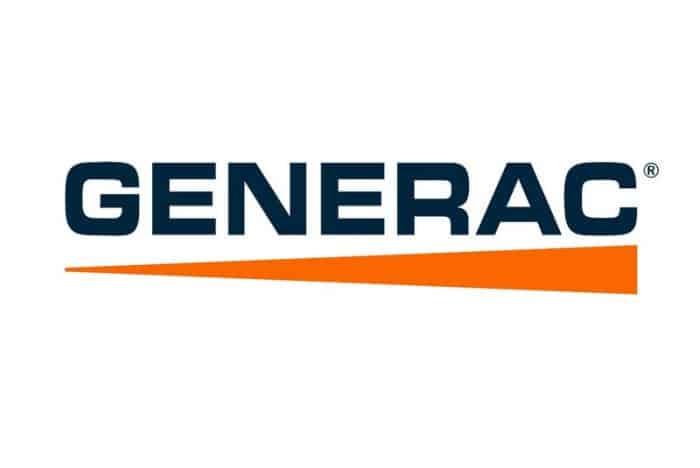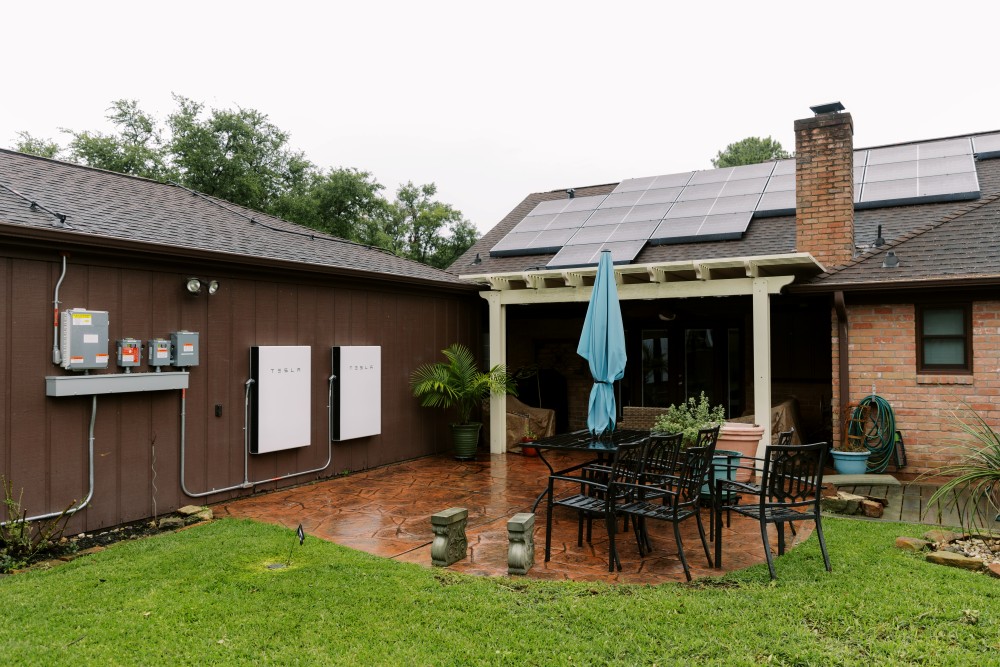Generac awarded DOE grant for expansive California water utility microgrid plan

California’s electric grid is increasingly challenged by aging infrastructure, rising demands from electrification, and the effects of extreme weather. As an example, during a 10-day heat wave in September 2022, the grid was pushed to its limits, and water utilities played a vital role by providing backup power through fossil-fueled generators. This situation underscored the urgent need for more sustainable and resilient energy solutions.
Generac Holdings has been selected by the Department of Energy (DOE) to receive a grant of $50 million for renewable energy projects in collaboration with the California Water Association (CWA). The total investment is estimated to be approximately $100 million across about 100 California water utility sites, particularly in Disadvantaged Communities (DACs).
“We’ve been providing reliable backup power solutions to critical infrastructure, such as water and wastewater utilities, in California and across the US for more than 65 years,” said Aaron Jagdfeld, president and CEO at Generac. He added, “We are honored to be selected by the DOE to expand that scope by delivering these innovative solutions of clean, resilient, and efficient power for California and its grid.”
The grant is part of the DOE’s Grid Resilience and Innovation Partnership (GRIP). Established by the Bipartisan Infrastructure Law, the GRIP Program is a $10.5 billion investment to enhance grid flexibility, improve the resilience of the power system against extreme weather.
“Made possible through our close partnership with Generac Power Systems, the California Water Association and our members are honored to be beneficiaries of this $50 million grant from the DOE GRIP program. This funding will help our member water utilities leverage clean microgrid and advanced storage solutions to improve local electric power resilience in the communities we serve,” said Jennifer Capitolo, CWA Executive Director.
CWA microgrid projects
Under the project, microgrids, which will utilize battery energy storage and be managed by distributed energy resource management systems (DERMS), will form virtual power plants (VPPs) capable of delivering reliable load reduction during times of grid stress.
Additionally, the project, with at least 55% of sites in DACs, will lead to improved air and water quality, reliability, and operational savings.
“This effort will install battery systems at water utility facilities across the state, supporting resiliency during local outages and enhancing grid reliability by offering backup power during extreme events,” said California Energy Commission Chair David Hochschild.
The project will create an estimated 200 union construction jobs and 33 direct jobs, contract approximately $27 million with businesses majority owned or controlled by underrepresented persons or groups of underrepresented persons, and direct 59% of project benefits to DACs.
Some or all of this project will be executed in collaboration with the Northern California Laborers, Northern California Operating Engineers, Operators Local Union, Teamsters Local Union, Laborers Local Union, Carpenters Local Union, Masons Local Union, or the IBEW Local Union.





Comments are closed here.